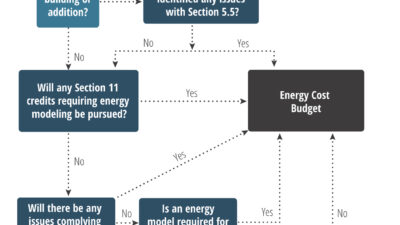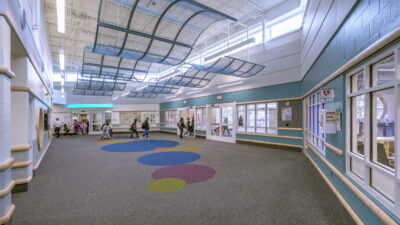The National Association of Industrial and Office Properties (NAIOP) released a report outlining the levels of energy efficiency that buildings can reach while remaining economically and logistically feasible.
The National Association of Industrial and Office Properties (NAIOP) released a report Commercial Real Estate Development Assn. study was commissioned to determine if commercial buildings could achieve the reduction targets of 30 to 50% above the ASHRAE 90.1-2004 standard.
Conducted by ConSol, a California-based independent energy-modeling firm, the study used DOE’s EnergyPlus v2.2 building energy simulation program for modeling the building’s energy issues. The modeling included wall and roof insulations; varying levels of exterior glazing; higher-efficiency window assemblies; reduced air infiltration via the installation of an air barrier; reduced lighting power densities; energy efficient HVAC equipment; and photovoltaic electricity energy generation.
The study used a four-story, 95,000 sq ft, Classoaches. The building’s construction costs would exceed a 10-year payback period. Additionally, the study said reaching a 50% reduction above the standard is not currently feasible.
By using the most efficient, current technologies to increase effectiveness, the maximum efficiency reached was 23% in the Chicago model. Overall, energy savings, cost increases and payback periods are:
•
•
•
“The study provides an unbiased insight into the energy targets practical to commercial development today,” said Thomas J. Bisacquino, NAIOP president. “Identifying an energy reduction level that is both environmentally responsible and equitable to the developer is essential in protecting the prosperity of commercial real estate.”
Study results show that employing solar generation technologies could close the gap between the efficiencies achieved in the study and the 30% above the ASHRAE 90.1 -2004 standard. However, at an installed cost of more than $1 million and a payback of up to 100 years, it far exceeds practical and economical limits.



